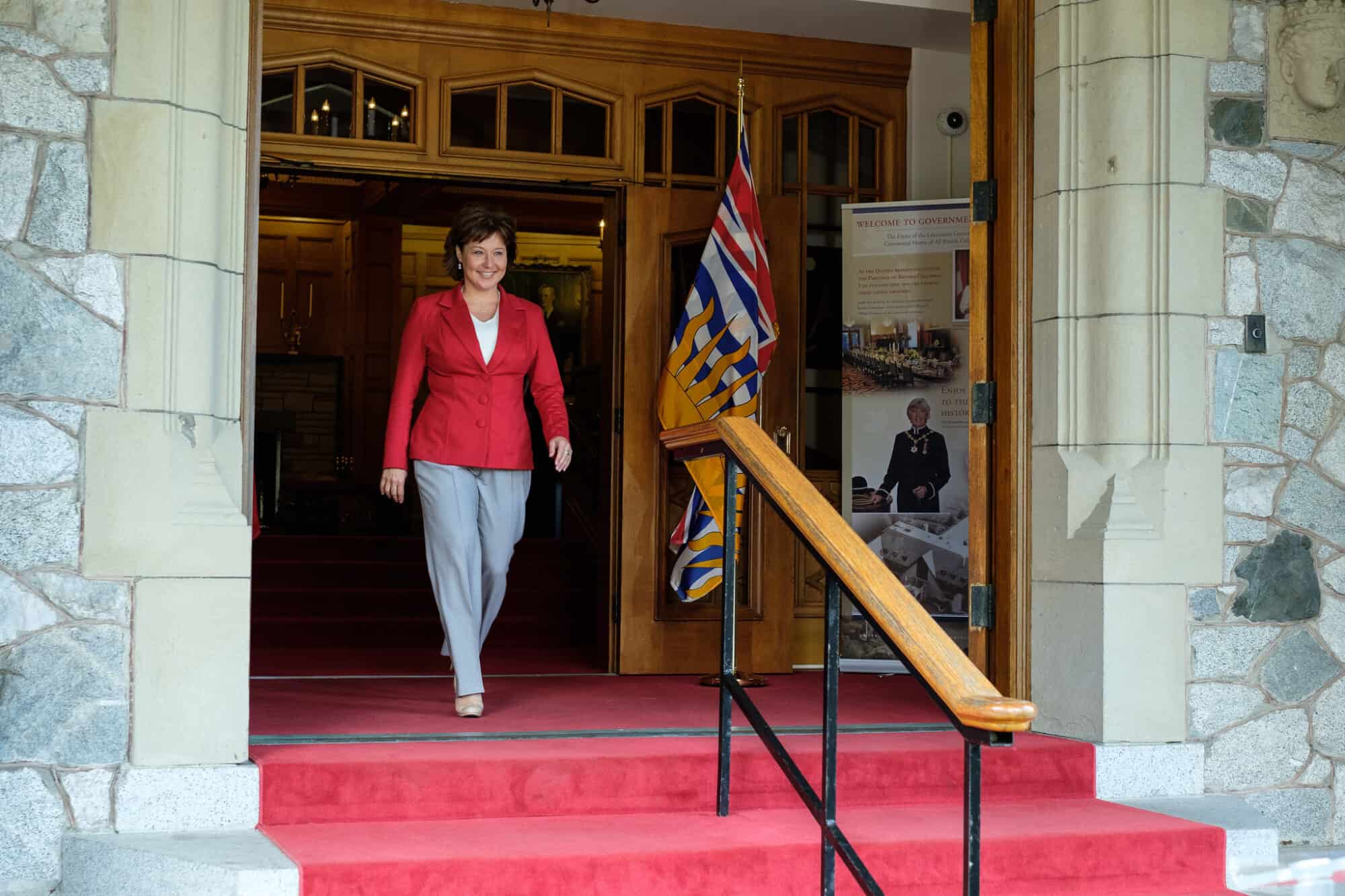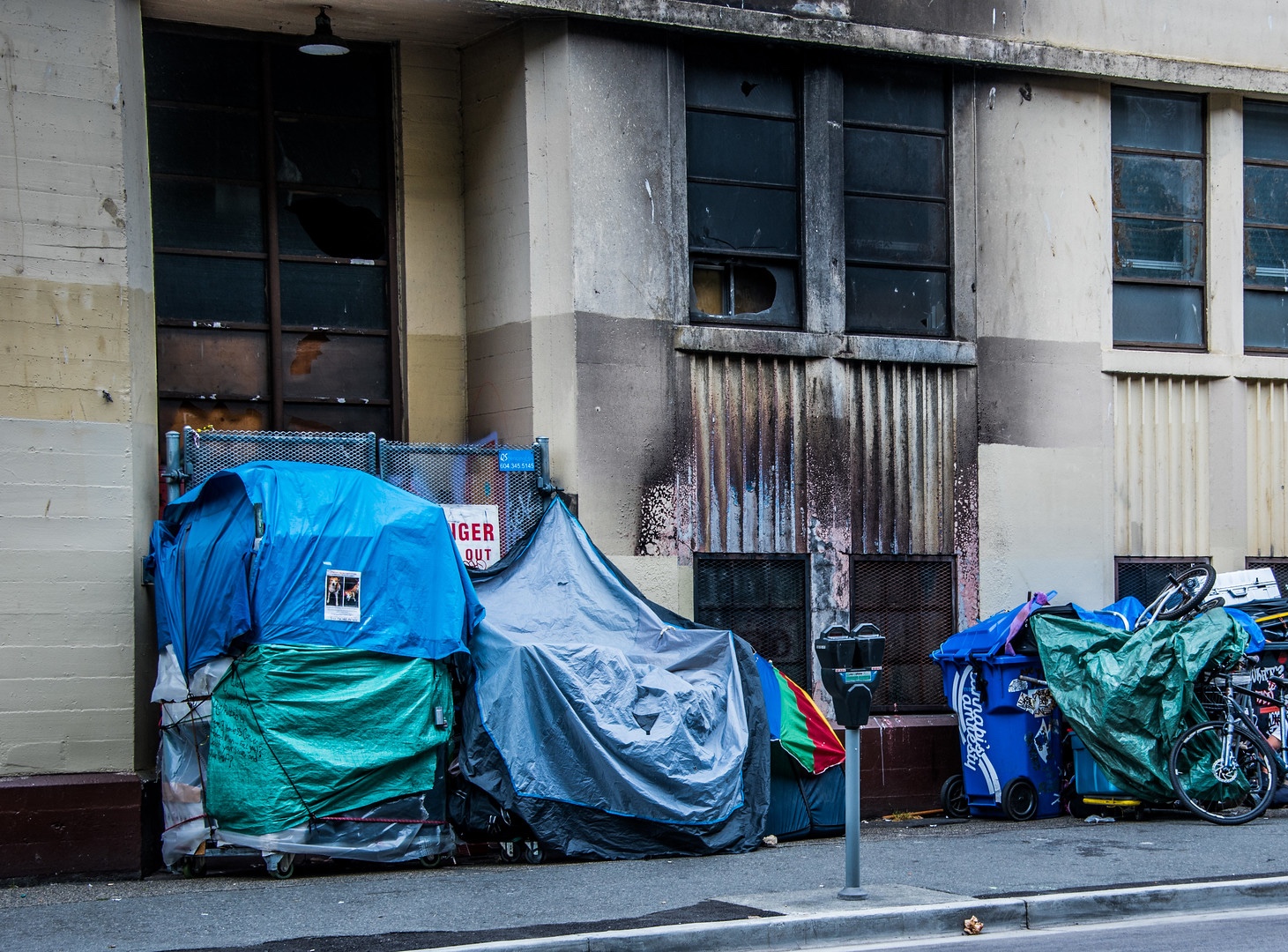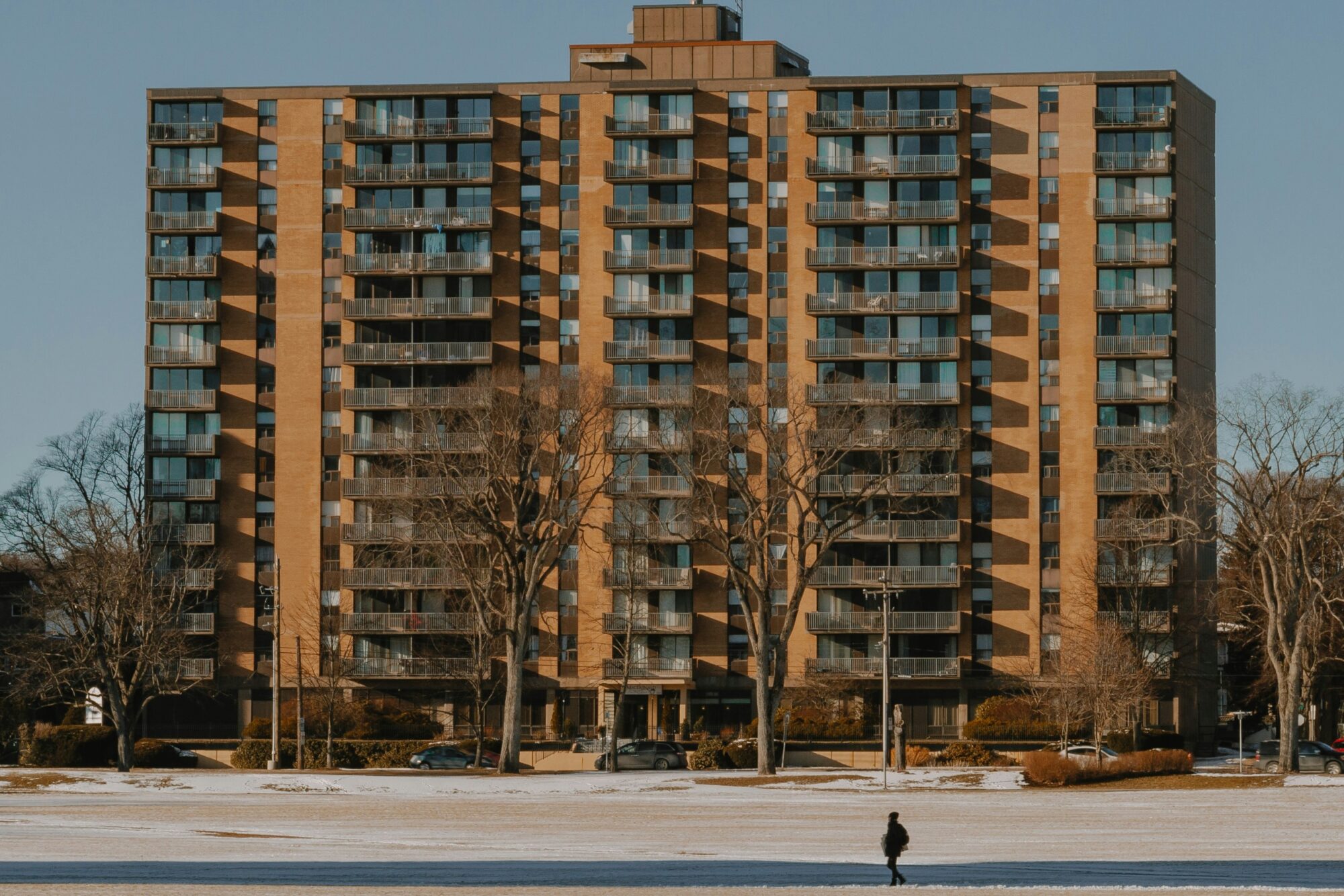When Christy Clark’s government released its budget in February, many advocates were hoping for real action on soaring housing costs. British Columbia’s economy is growing and investments in affordable housing in this budget – for the last full fiscal year before going to the polls in 2017 – had the potential to address the severe crisis many British Columbians are facing.
With families struggling to afford increasing rents, more and more children are growing up in poverty. BC has consistently had one of the worst child poverty rates in Canada. Today, 20.4% of children live in poverty — substantially higher than the national average of 14.4%.
Housing is a major factor in these rates. 45% of all households experience housing affordability issues, defined as spending more than 30% of before-tax income on shelter. For households with income less than $19,485, they spend on average about 89% of their income on shelter.
Vancouver is the third least affordable city to live in globally. With the median house price equal to 10.8 times the median household income, Vancouver has surpassed major metropolises such as London, New York City, and Tokyo in housing price to income comparisons.
In Canada, four out of five of the least affordable housing markets are located in BC. And it’s not just homeowners that are facing increasing costs. Renters in BC face the worst housing market in Canada.
Renting is especially unaffordable for low-income households. Without access to affordable housing units, they have no choice but to pay market rent. In the five least affordable rental regions in BC (Vancouver, Kootenay Boundary, Nanaimo, Victoria and surrounding area, and the Fraser Valley), over 20,000 subsidized housing units will be needed by 2021 to keep up with demand.
In February, the Clark government announced a $355 million investment in construction and renovation of affordable housing units as part of the provincial budget. It forecasts 9% of the government’s operating expenses will be spent on social services and housing combined, in line with historical spending. But, this expense covers housing, social assistance, child welfare and low-income tax credits. And BC remains one of the provinces that spend the least per capita on programs.
The United Nations’ Committee on Economic, Social and Cultural Rights has recently expressed concern over social spending in Canada, including the lack of affordable housing. While the government’s recent investment is a nod in the direction of this problem, it is a drop in the bucket after decades of under-spending.
As the CCPA’s Iglika Ivanova has reported, Clark’s government has forecast 14% of the promised 2,000 new affordable housing units in the first year: about 280 new units. This is a slight improvement over recent trends – it’s about the same number of affordable units the government built in total between 2005 and 2010 – but it is drastically lower than units the government built between the 1970s-90s: between 1,000 and 1,500 units per year. Overall, this investment does little to address the real squeeze families face to find affordable housing.
It’s also important to note that the government has chosen to pay down the provincial debt ahead of its own schedule, which effectively removed $500 million from the budget. This money could have more than doubled their affordable housing investment.
The need is clear, and 280 affordable units this year is not sufficient.
BC has the highest rate of two-parent families in need of core-housing. The rate is higher for children with only one parent; 33% of lone-parent families are in core-housing need. One must ask: what would these families be able to do if they were not spending so much of their monthly income on shelter? And why has the government chosen aggressive debt reduction over addressing this clear need?
With soaring housing costs and persistently high rates of child poverty, BC is in desperate need of public investment in affordable housing. It remains the only province that has not developed, or is not in the process of developing a poverty reduction plan.
Once again, the government has chosen to leave most British Columbians behind in Canada’s strongest provincial economy.





